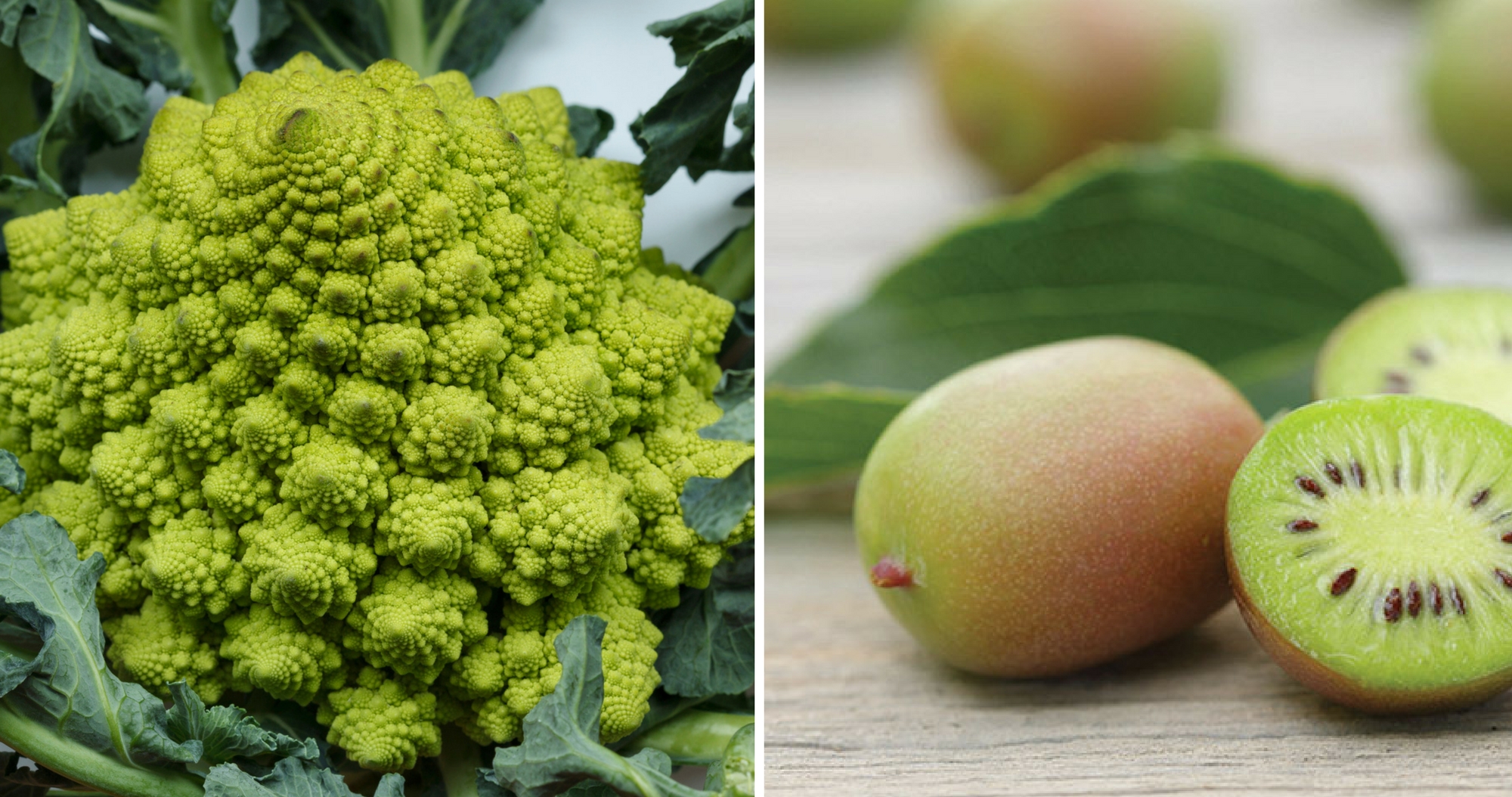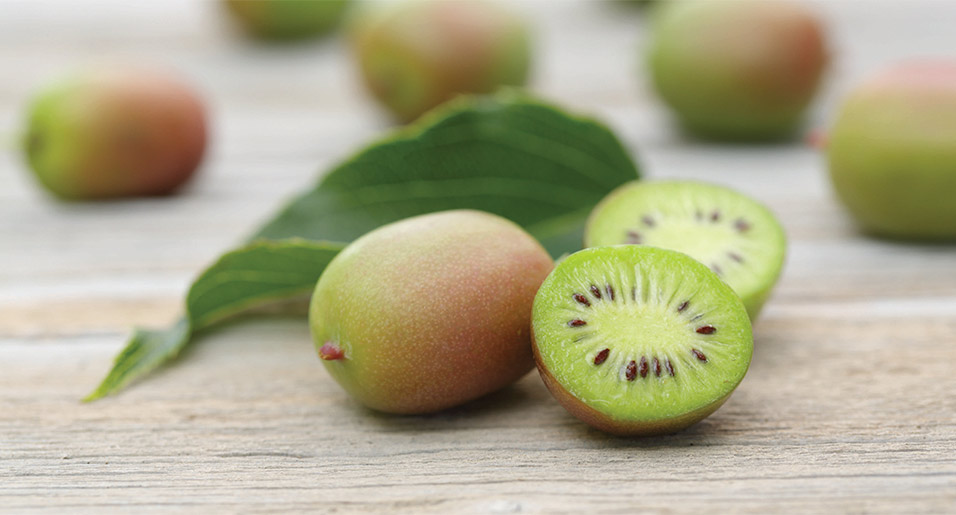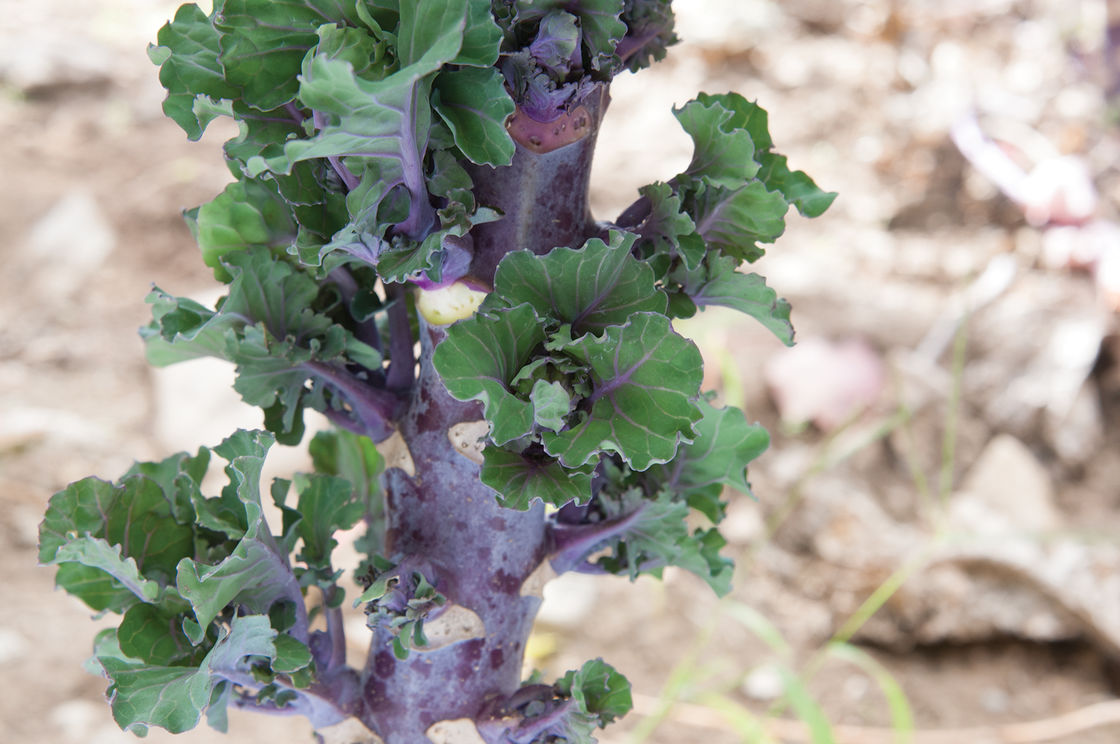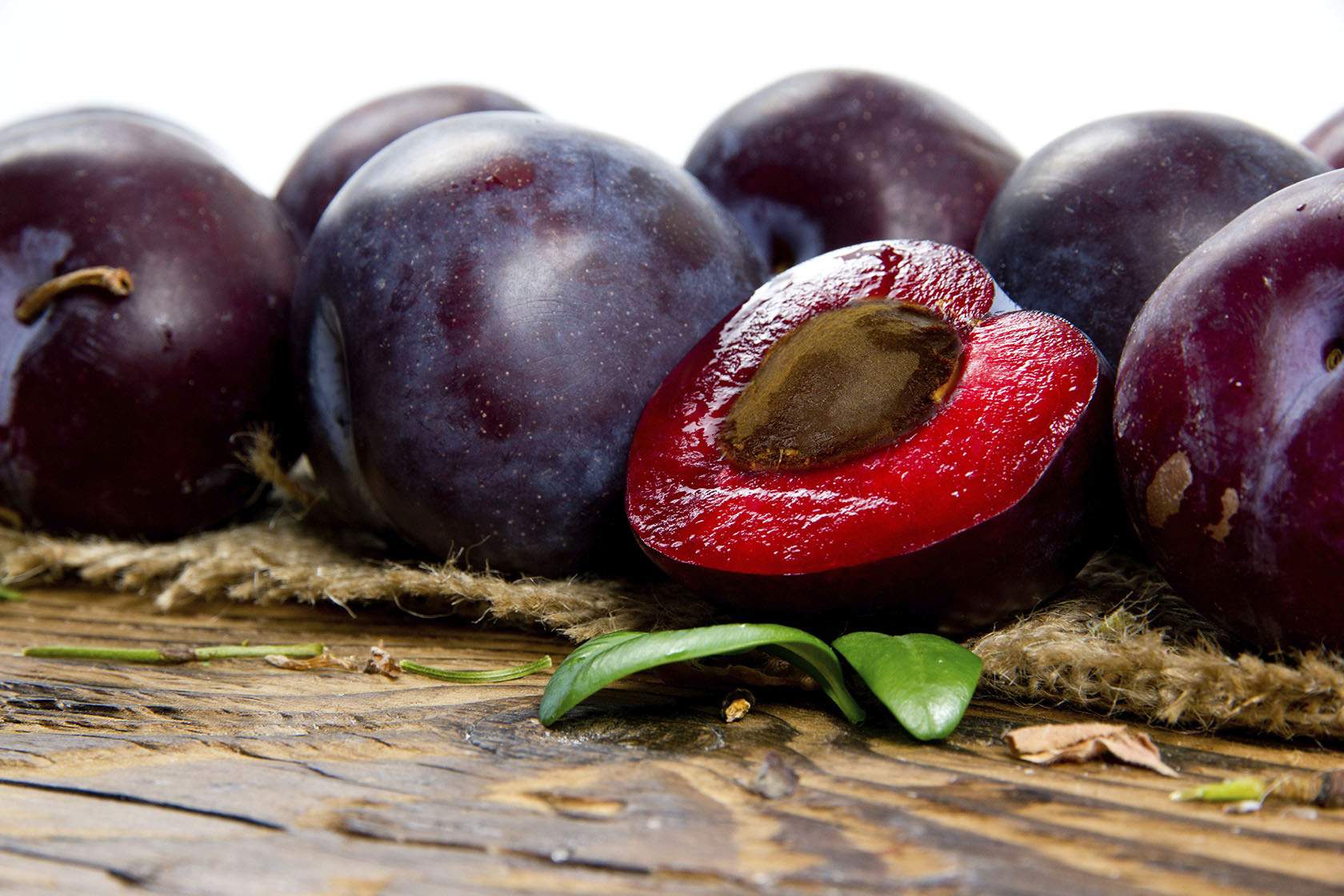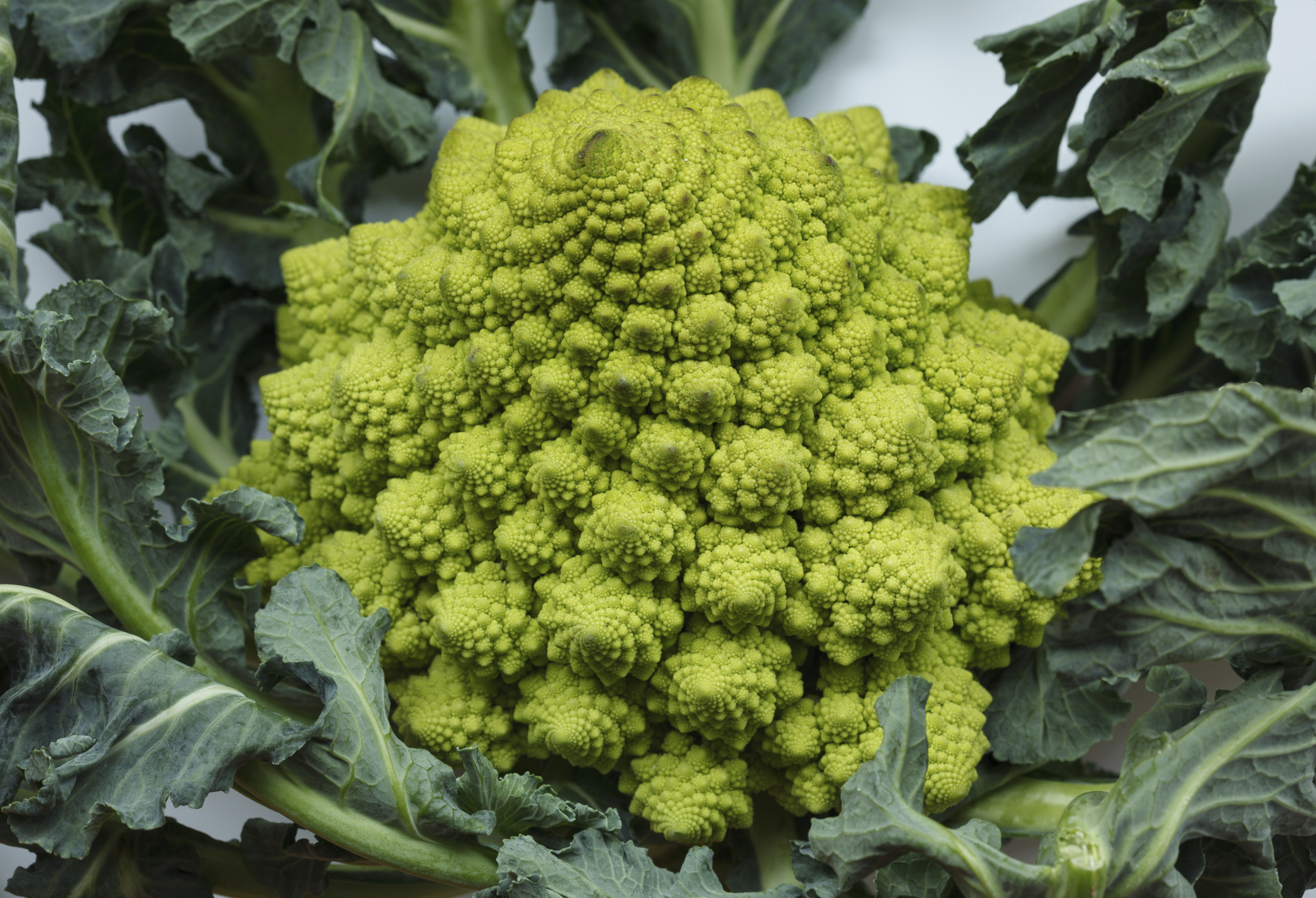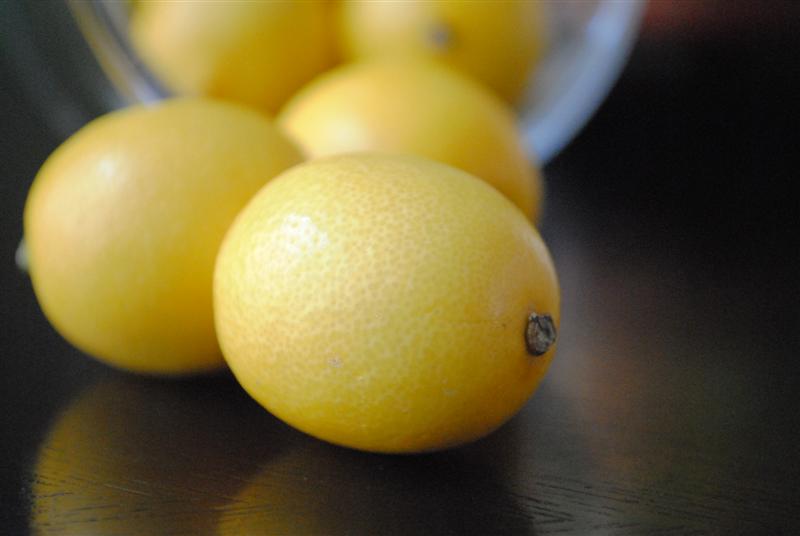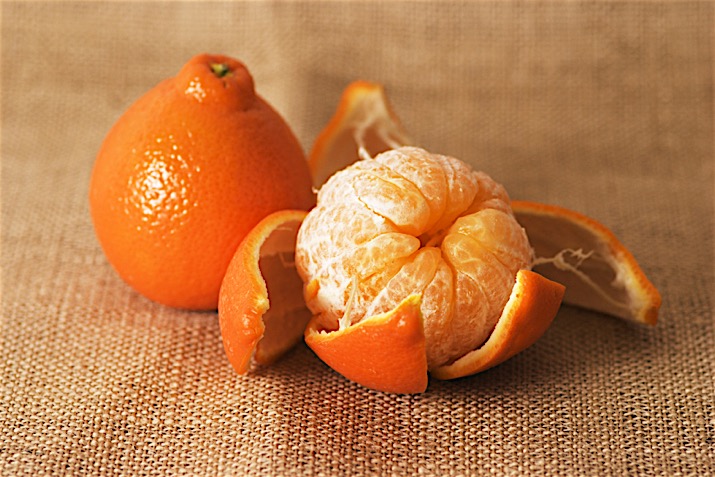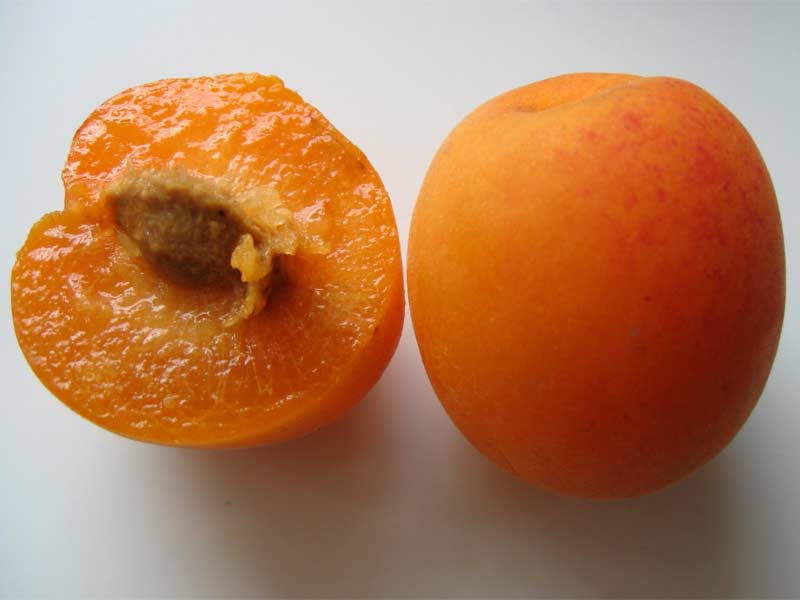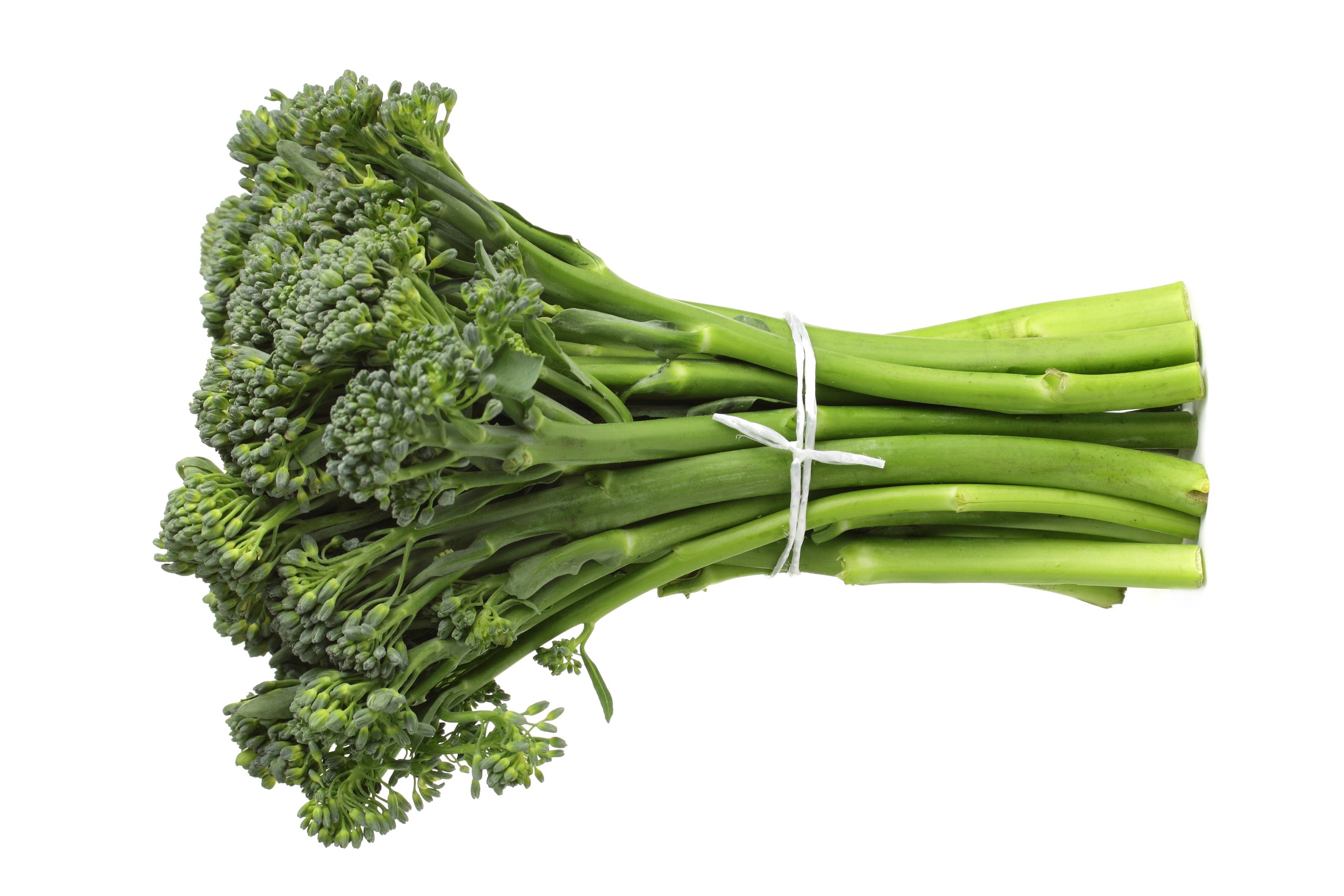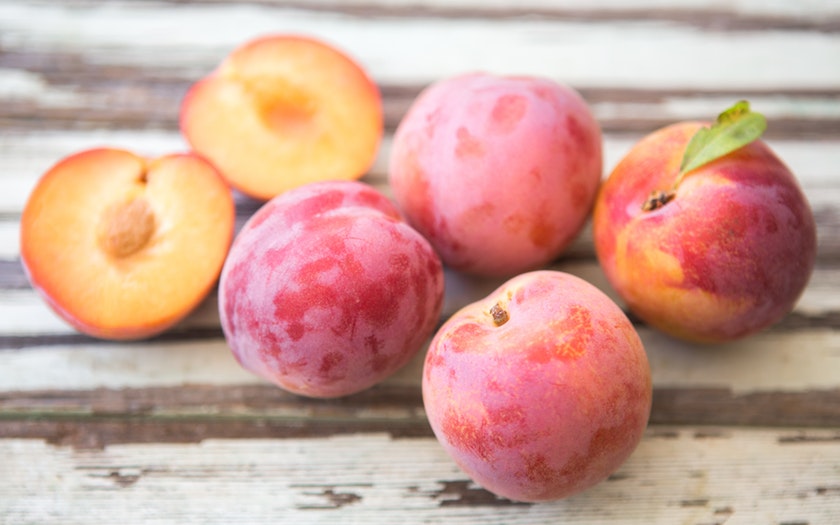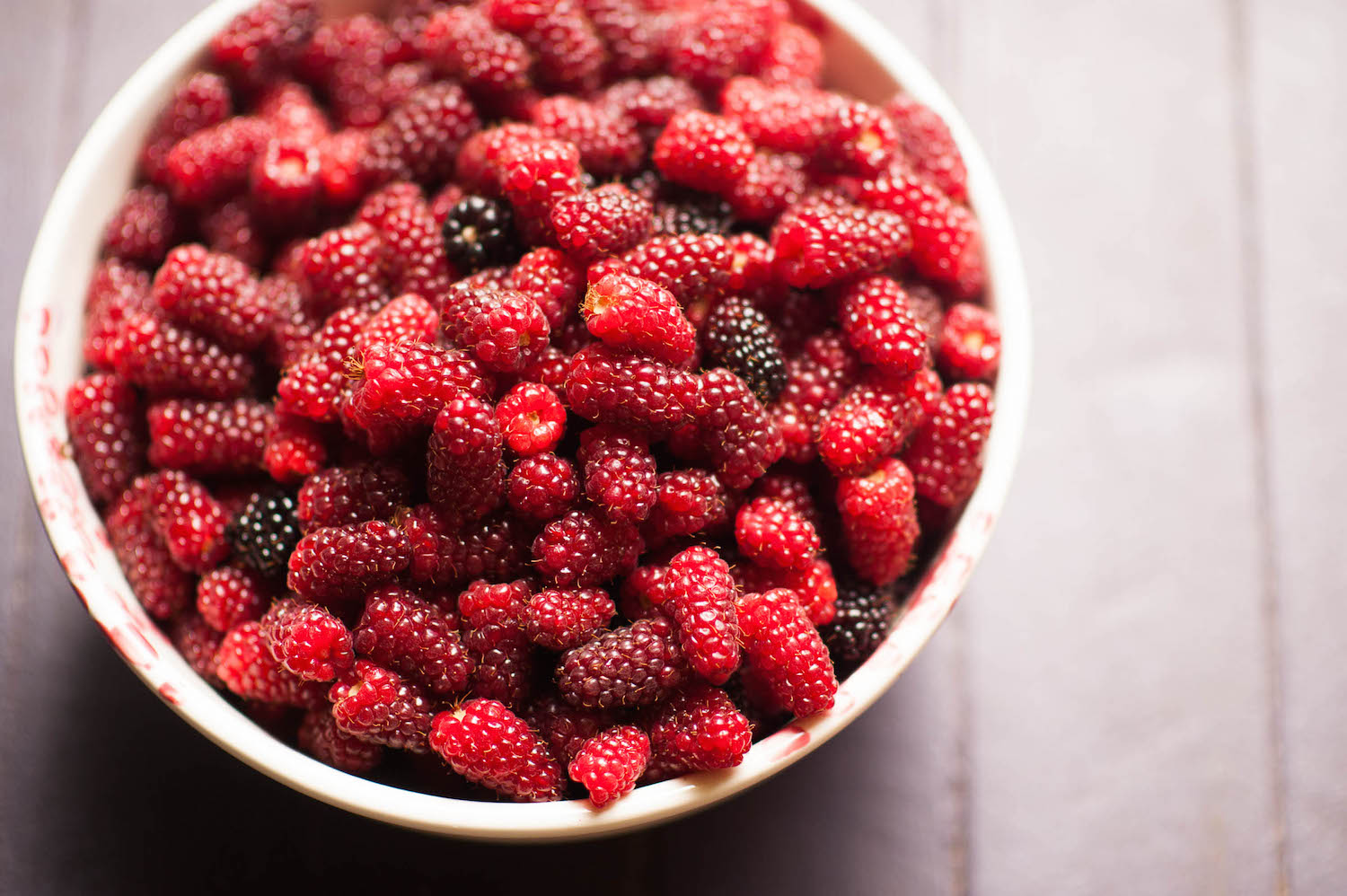Humans love to mess with nature - when we're not hunting animals or chopping down trees, we're busy creating food hybrids. No, I'm not talking about the cronut. This is about the cross-pollination of two or more fruit or vegetable species to create a new variety.
While there are plenty of hybrids that occur naturally in the wild, in most cases agriculturists carry out the process themselves. Unlike genetically modified organisms (GMOs), hybrid fruits are not created in a lab and are deemed safe to consume.
If you frequent the produce section of the grocery store or a farmer's market, chances are you've already come across some fruit and vegetable hybrids. They can bear strange photoshop-like appearances and have interesting names, but they often taste good.
Here are 10 interesting fruit and vegetable hybrids to look out for next time you're at the store:
1. Kiwi Berries
They might look photoshopped but these tiny grape-like fuzz-less kiwis are very real. Kiwi berries are native to northern regions of Asia but they've actually been growing in the U.S for hundreds of years. The taste is said to be "complex, sweet and acidic" something to keep in mind when you decide to give it a try.
2. Kalettes
Kale meets brussels sprouts to create a superfood fusion called Kalettes®. The trendy vegetable caught the attention of nutrition experts and health nuts everywhere for its high nutrient content and unique nutty flavor.
3. Blood Lime
Blood limes probably have the most interesting history on this list. The finger lime and Ellendale mandarin hybrid was created by the Commonwealth Scientific and Industrial Research Organisation (CSIRO) as part of a study on salt-resistant crops. The crimson-red fruit also known as Red Centre Lime is currently only available in Australia, but it is being considered for export.
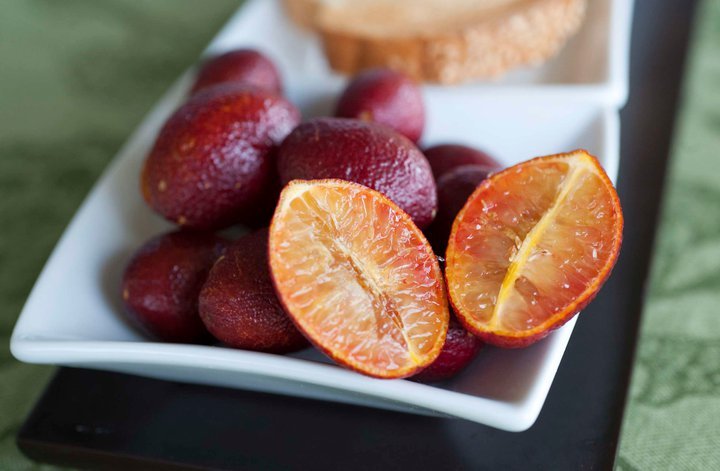
Click on the next page for more fascinating hybrids including a broccoli and cauliflower mix.
4. Pluot
This fruit from the Prunus species is a marriage between a plum (75%) and an apricot (25%). The sought-after fruit tastes like a plum but with the texture of an apricot.
5. Broccoflower
You've probably already guessed this hybrid just by looking at the name. Although there are different types of broccoli and cauliflower crosses, the Romanesco variety stands out the most. Its tiny pine tree-like spikes create a pattern that makes it look too pretty to eat. When compared to broccoli or cauliflower, broccoflowers are generally milder and slightly sweeter in taste.
6. Limequat
If you've ever wanted to eat the skin off a lime (we don't judge), then you'll be ecstatic to know that the Key lime and kumquat hybrid, limequat, has edible skin that tastes really sweet. The pulp, on the other hand, can be quite tart so it may be better suited for dessert fillings and jams.
7. Tangelo
This delicious and sweet fruit is a cross between a tangerine and a pomelo grapefruit. The tangelo combines the best of both fruits - the tanginess of the pomelo and sweetness of the tangerine - to deliver an unforgettable exotic flavor.
Continue to the next page for even more fruit and vegetable hybrids like Plumcot.
8. Plumcot
The plumcot is easily confused with its closest relative, the pluot. The amber-colored apricot and plum hybrid is a 50-50 cross that precedes the pluot, but it's tough to harvest nature made it less popular.
9. Broccolini
Broccoli is an easy plant to cross-pollinate which makes it a popular candidate for creating hybrids. Broccolini is a cross between broccoli and Kai-lan, a Chinese kale. Besides the cutesy name, the green vegetable has noticeably longer stems, small florets and a taste sweeter than regular broccoli.
10. Peacotum
It's seems like agriculturists weren't satisfied with plumcots and pluots, so they added peach to the mix and created peacotums. The fuzzy fruit tastes like blend of plum and apricot, but with a peachy texture.
11.Tayberry
Not only are tayberries pretty to look that, they're delicious too. The raspberry and blackberry hybrid isn't as popular as its berry cousins, but they're less acidic, very aromatic and sweet in taste.
